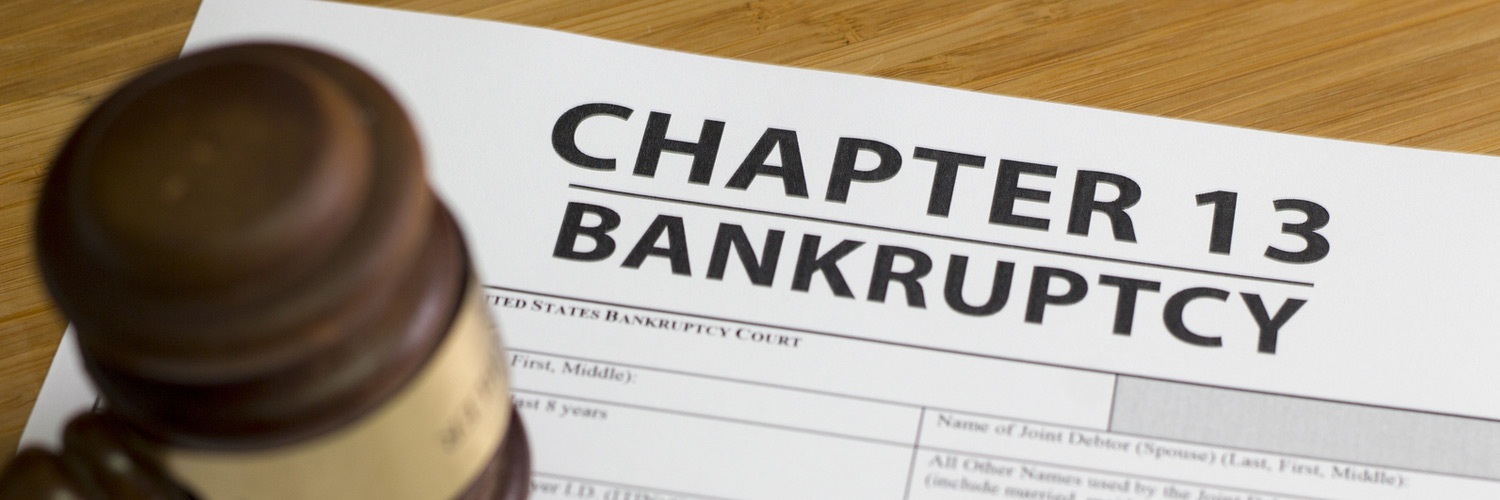
CHAPTER 13
Chapter 13: Reorganization
- $310 Bankruptcy Court Filing Fee
This specific Chapter is a reorganization of debts that makes payments of said debts more manageable. It is designed for individual consumers (or married consumers) who have a regular source of income and want to pay: a portion of, most of, or all of their debts over a period of time which is usually three (3) to five (5) years. This type of Bankruptcy also allows consumers to get caught up on payments on which they have defaulted: delinquent car payments for example. Whether or not you qualify for a Chapter 13 is based on man facts, factors, and considerations, all of which are best sorted out and then advised on by an attorney at RS Law.
Call NOW 816 287-8080
We Answer the Phone 24/7
The period of three (3) to five (5) years to pay a consumer’s debts is the time frame allowed by the Bankruptcy Court. Five (5) years is the maximum and three (3) is typically the minimum, barring extraordinary and/or extraneous factors. Under normal circumstances, the length of time to pay back the debts is determined on several factors including income, assets, and the kinds of debts the consumer has.
When the Bankruptcy plan is filed, a “plan” is proposed to the Court at which point must be approved by the Trustee and the creditors involved before it truly takes effect. Although the “plan” concept itself is very straight-forward, the honest truth is that each case is different and has its own unique obstacles and opportunities.
To demonstrate this, here is an example: a family with double the average income for a household of their size has more than enough money to handle their debts, but they just need help organizing it because all the minimum payments every month are getting them nowhere fast. This family would likely end up in a plan that proposes to pay 100% of their debts over the next five years. Now, this example is not the norm, but a representation of one end of the spectrum. On the other side of the spectrum are plans where only the secured debts (debts with collateral) and “priority” debts such as taxes get paid back, and that’s it.
Most of the time though most plans propose something in between because the income is more than enough to pay back just debts with collateral and the priority debts, however there is not enough money to pay back every single creditor. In Missouri, what is paid back in these “in-between” are determined unprotected assets, disposable income, or occasionally both.
Advantages:
- Typically, assets are either protected or there provisions in the plan that allow Debtors to keep their property.
- Has the ability to stop garnishments, foreclosures, debt collections, repossessions and civil court actions over debt.
- Default (missed payments) are able to be “caught up” through your plan instead of figuring out how to come up with that money on your own.
- Restructures many debts, including car payments which will be paid through the Chapter 13 plan. This often means smaller monthly car payments at lower interest rates.
- Penalties stop accruing during a Chapter 13 and any interest rates are usually at a lower interest rate than would be paid otherwise
- Debts with no collateral attached to them such as: most credit cards; personal loans; payday loans; car repossession deficiencies, and certain, income taxes (if older than 3 years old and no tax lien), medical bills, utilities, etc.
- Stops collection efforts, garnishments, repossessions and state court actions to recover money
Disadvantages:
-
- Much longer process than a Chapter 7
- More costly than a Chapter 7.
- Longer wait time to receive Discharge (official forgiveness of debt) which is not granted until the end of the three (3) to five (5) year period, aver every plan payment is made.
